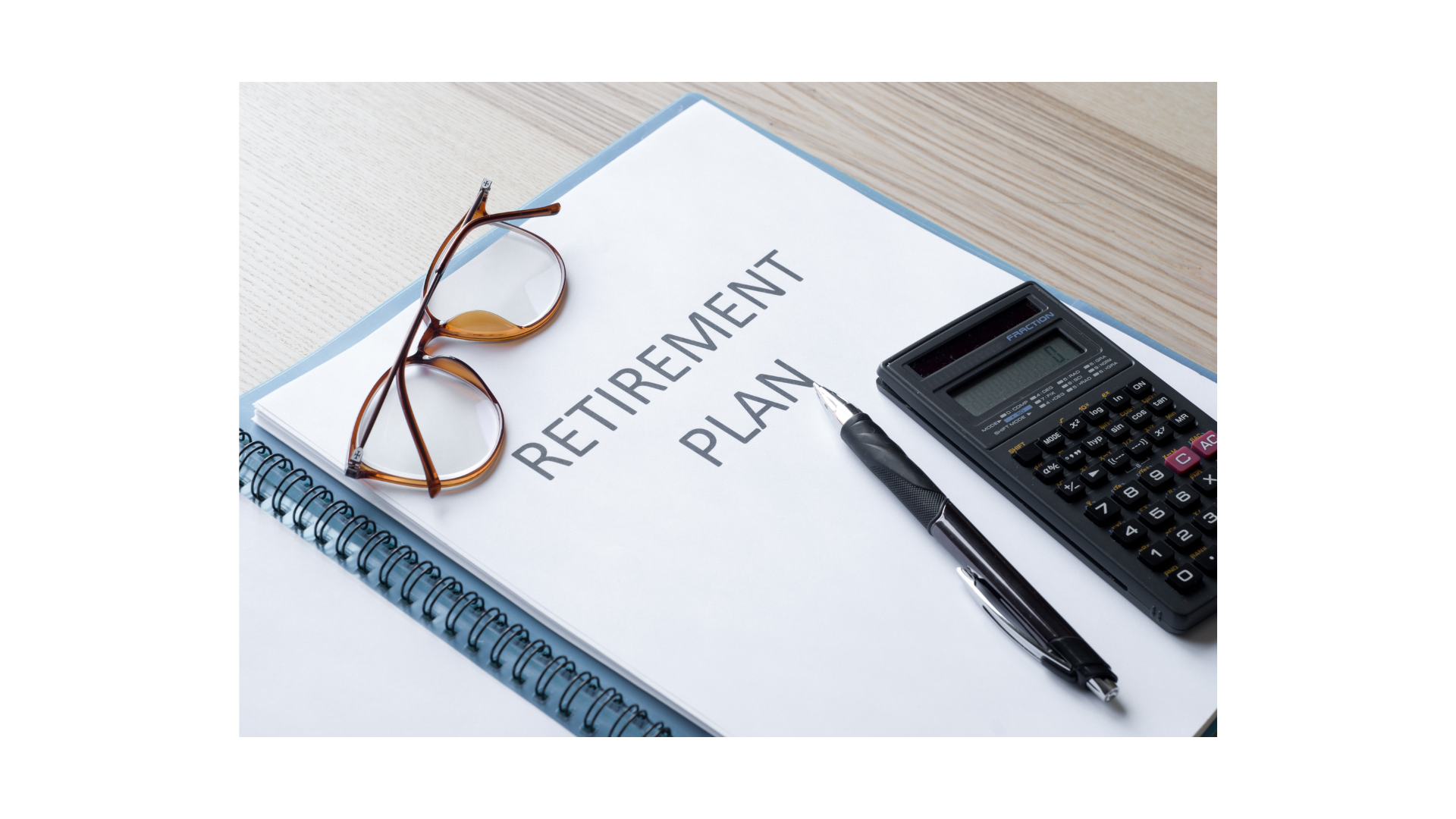Rekindle The Romance
Your 401(k) Offers You Valuable Benefits You Just Can't Find Anywhere Else
In the midst of economic adversity, market volatility, geopolitical uncertainty and a host of other things (including a still-active pandemic, now in its third year), it can be hard to find a silver lining. However, there is one thing that keeps showing you some love every day — your 401(k)! Here are some tips to remind you why you got together in the first place — and help keep the romance alive.
Your Savings Are Automatic
With your 401(k), you’re following the core financial planning principle of “pay yourself first.” Money is deposited from your paycheck to your account without you even having to think about it. It doesn’t get much easier than that.
Tax Savings
You can defer paying income tax on up to $20,500 that you save in a 401(k) plan in 2022. A worker in the 24% tax bracket who saves this amount could reduce their tax bill by $4,920. Income tax won’t be due on this money until it is withdrawn from the account. Workers who earn less than $34,000 in 2022 ($68,000 for couples) might additionally qualify for the saver’s credit, which is worth between 10% and 50% of 401(k) contributions up to $2,000 for individuals and $4,000 for couples. The biggest saver’s credits go to workers with the lowest incomes.
Savings on Top of Savings
Employees who are age 50 and older are eligible to contribute an additional amount (called a catch-up contribution) to 401(k) plans. The 401(k) catch-up contribution limit is $6,500 in 2022. That means older workers can defer paying income tax on up to $27,000 in a 401(k) account. As a result, someone in the 24% tax bracket could potentially reduce their current tax bill by $6,480.
Free Money Courtesy of the Employer Match
If you can’t max out your 401(k), you can always save at least enough to get a full 401(k) employer match (subject to your plan’s vesting rules). A 401(k) match of 50 cents for each dollar you save in the 401(k) plan up to 6% of pay is a 50% return on your investment. A dollar-for-dollar 401(k) match doubles your money. That’s a pretty excellent return despite the market volatility occurring these days!
Your Money Goes Where You Go
If you leave your employer for any reason, you can take your vested balance (including the employer match) with you. It’s fully portable, and you can roll it into an individual retirement account or a new employer’s 401(k) plan (if allowed).
Account Management Made Easy
Your recordkeeper provides you with comprehensive account access where you can view your balance, perform transactions and talk to a call center representative for guidance. On top of that, you can view retirement planning education materials and calculators, and likely even model various saving scenarios and assumptions
to help gauge your progress toward retirement readiness.
The stock market will always have its ups and downs…but in the end, your 401(k) is your partner for life!
This material was created for educational and informational purposes only and is not intended as ERISA, tax, legal or investment advice. If you are seeking investment advice specific to your needs, such advice services must be obtained on your own separate from this educational material.
Kmotion, Inc., 412 Beavercreek Road, Suite 611, Oregon City, OR 97045; www.kmotion.com
©2022 Kmotion, Inc. This newsletter is a publication of Kmotion, Inc., whose role is solely that of publisher. The articles and opinions in this newsletter are those of Kmotion. The articles and opinions are for general information only and are not intended to provide specific advice or recommendations for any individual. Nothing in this publication shall be construed as providing investment counseling or directing employees to participate in any investment program in any way. Please consult your financial advisor or other appropriate professional for further assistance with regard to your individual situation.


Iowa
4200 University Avenue, Suite 200
West Des Moines, IA 50266
800-677-1529
Securities offered through LPL Financial, Member FINRA/SIPC. Investment advisory services offered through Global Retirement Partners, LLC dba AssuredPartners Financial Advisors, an SEC registered investment advisor. AssuredPartners Financial Advisors and LPL Financial are separate non-affiliated entities.
GRP Advisor Alliance is an independent network of retirement plan focused advisors. GRP Advisor Alliance is not affiliated with or endorsed by LPL Financial.
The financial professionals associated with LPL Financial may discuss and/or transact business only with residents of the states in which they are properly registered or licensed. No offers may be made or accepted from any resident of any other state.









